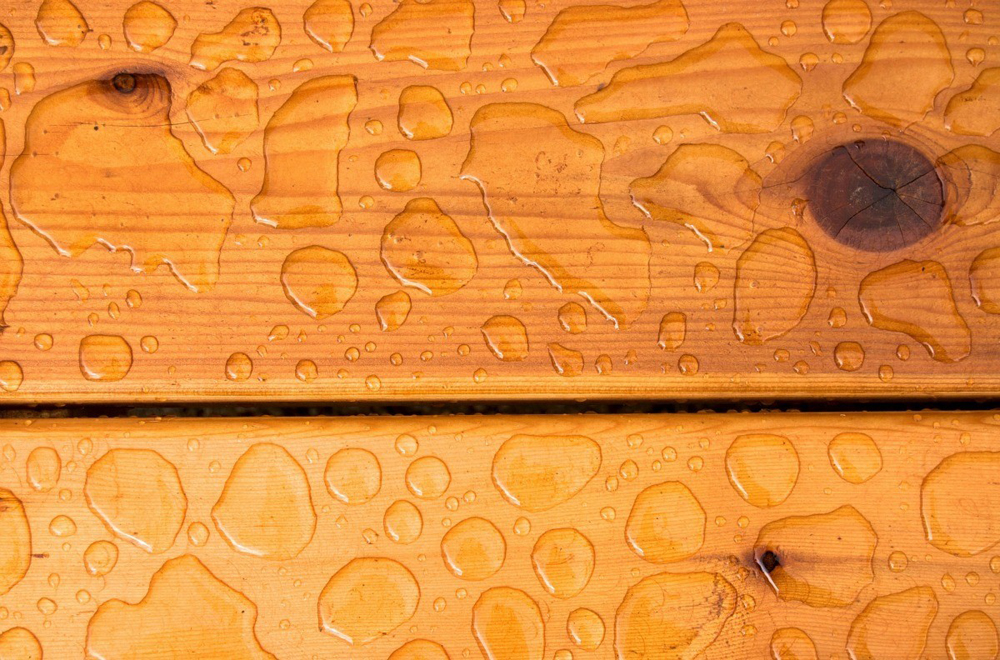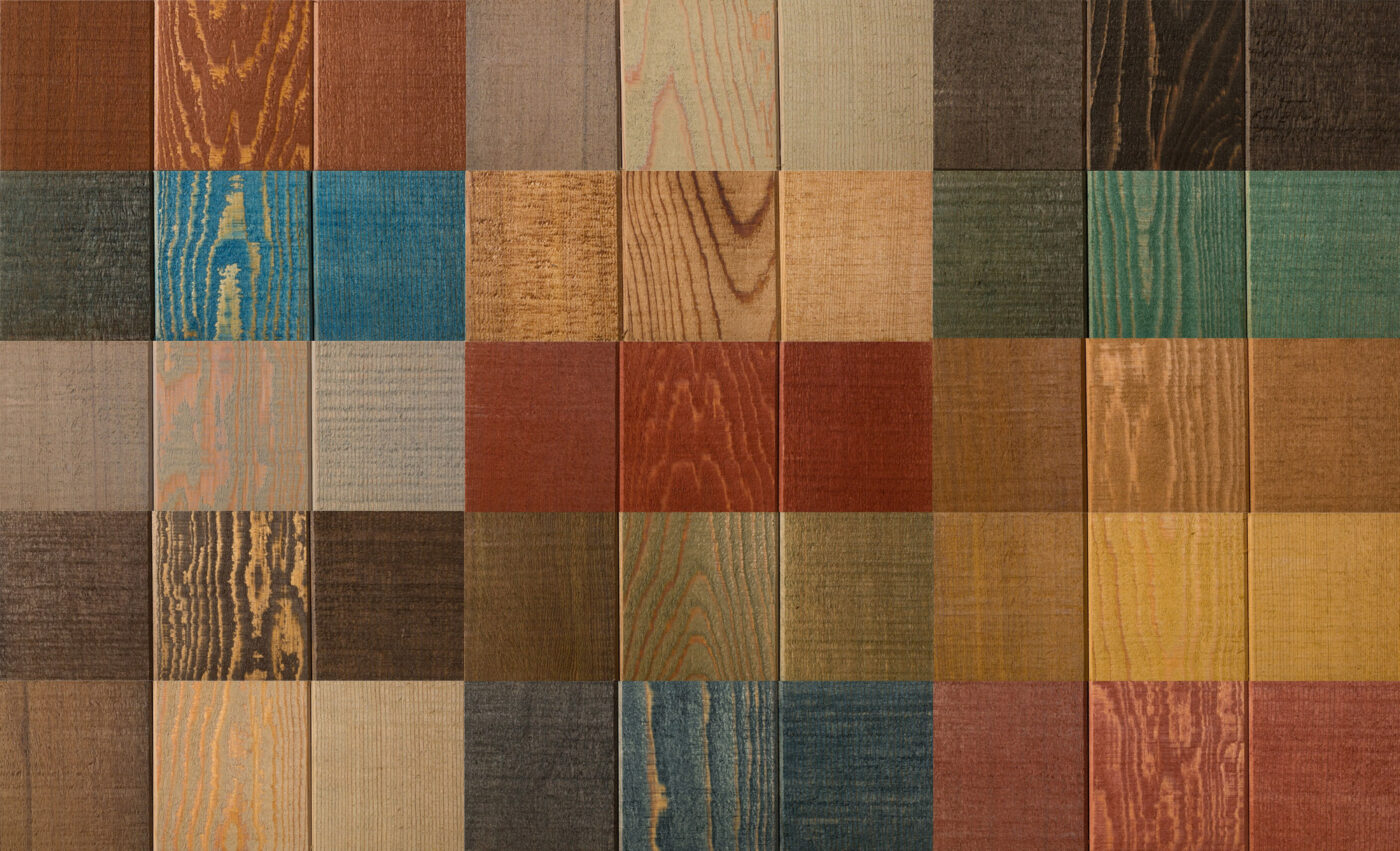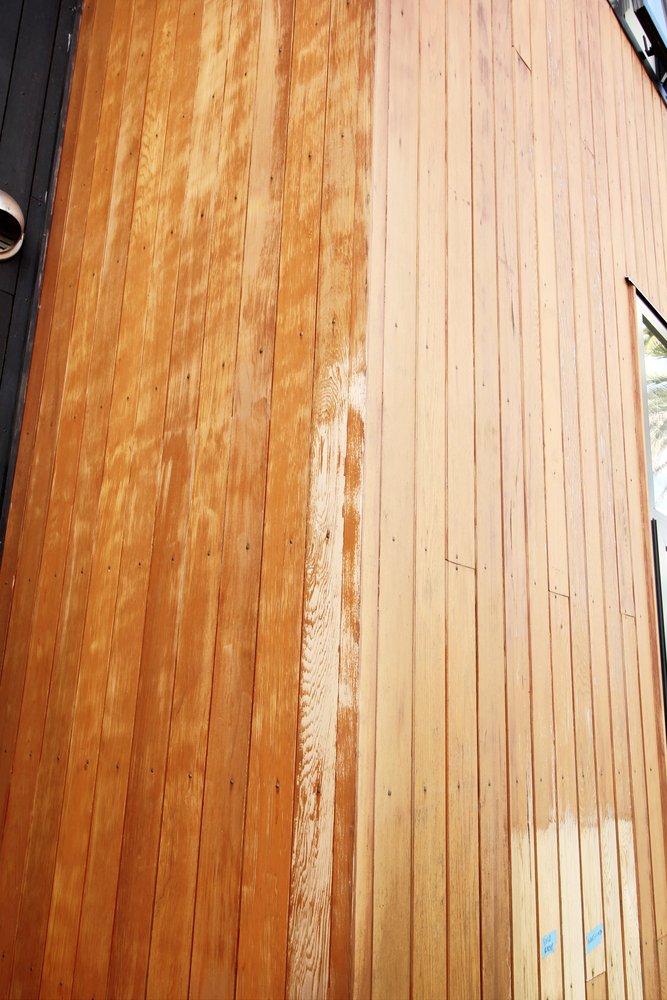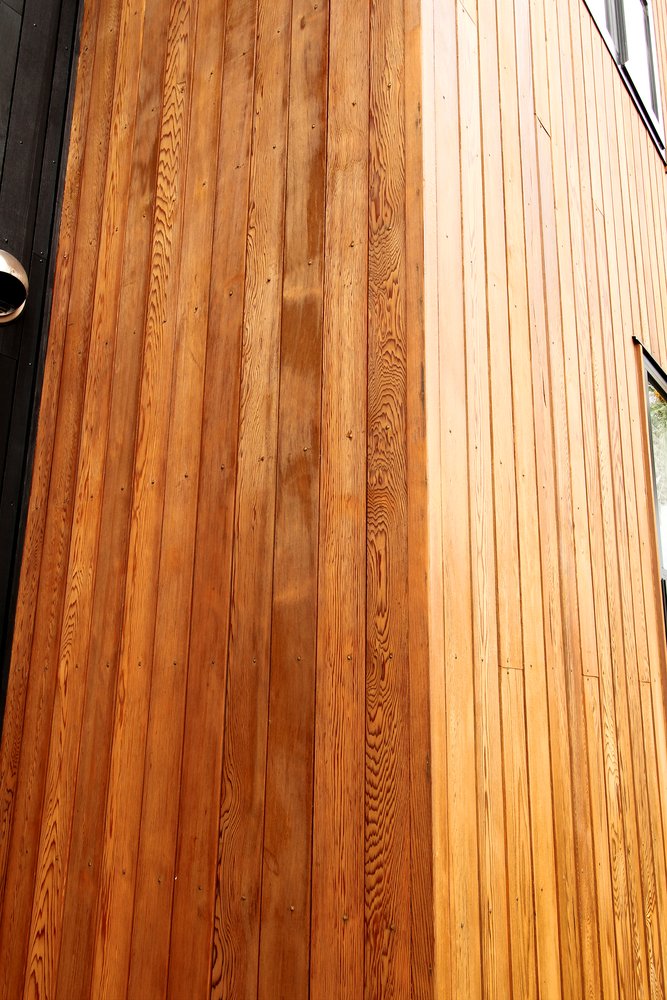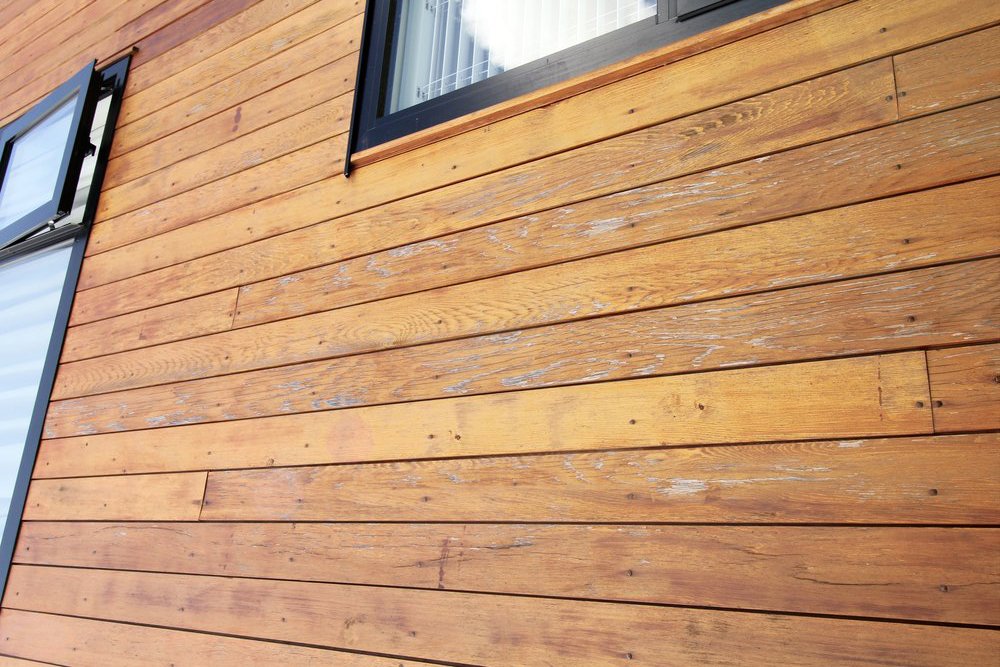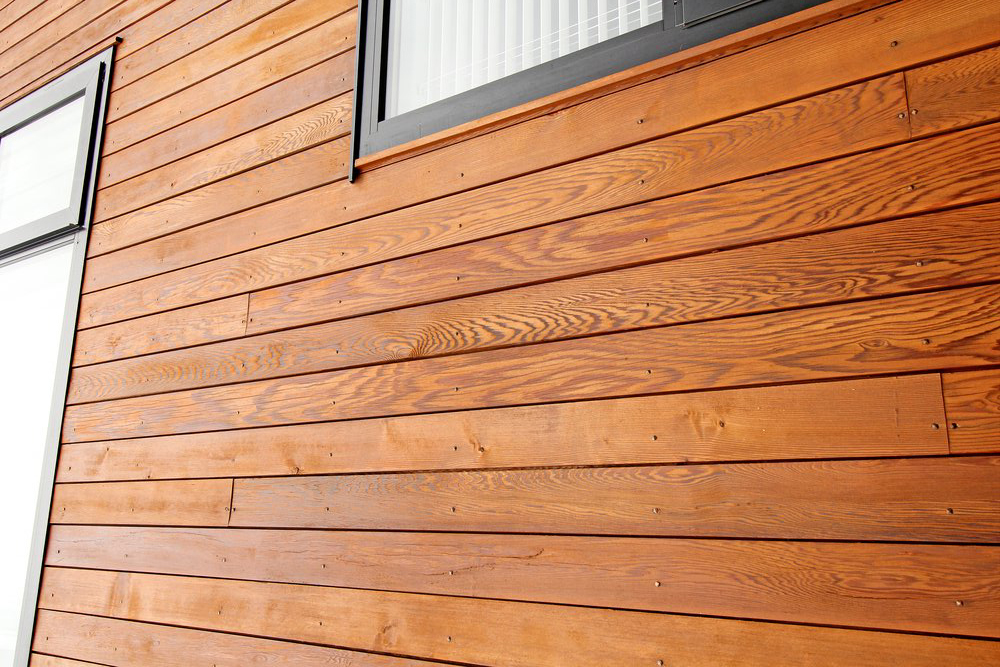You might be surprised that there’s no ‘best time’ for treating Cedar and maintenance can be done throughout the year, across all seasons, given there is enough time for the oil to penetrate the timber, or the stain to cure.
We usually get asked this question during winter, when the weather outside is either rainy, cold, blowing a gale – or sometimes all three at once!
In fact, winter is an excellent time for Cedar maintenance. Your cladding has been knocked about by the summer sun and needs nourishment, relief and protection.
The real question isn’t which season is best for maintaining Cedar, but which conditions are optimal for the Cedar maintenance process.
To find out more, read the full article, or watch the video below for a quick summary.
Optimal Conditions for Cedar Maintenance
To successfully apply oil or stain to Cedar, the boards need to be dry, with no threat of imminent rain. It’s that simple.
When most homeowners think of maintaining the outside of their house, they think of paint and how long it takes to dry. Oil and stains do not work like paint and are quick drying.
On a hot summer’s day, we can stain the side of a house and gently waterblast it 20 minutes later and the stain won’t move.
Oils are similarly robust. On average you want to give oil a couple of hours to soak in. Once absorbed into the timber, the oil is resistant to any incoming rain and is in no danger of getting washed away or having the finish ruined.
The Best Plan is Planning Ahead
If last summer is any indication, heavy rain can strike at any time, as can long dry stretches.
Given our changing weather patterns, there really isn’t an ideal time to maintain Cedar and the best course of action is to get your Cedar regularly maintained, following our standard advice.
“To protect Cedar from the harsh NZ sun and keep it looking beautiful year-round, sun exposed areas should be treated at least once every 2-3 years.”
So don’t let winter deter you from getting your Cedar maintained. Our Cedar Technicians are experts in their field and know how to work around the seasons, even if there are four of them in one day!


